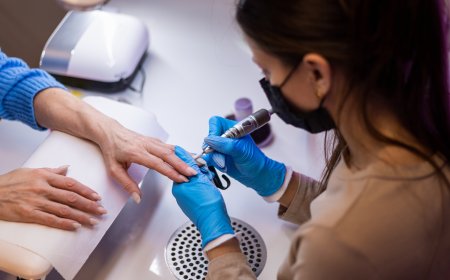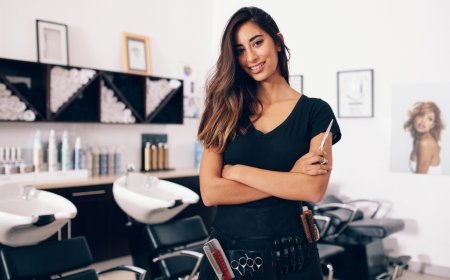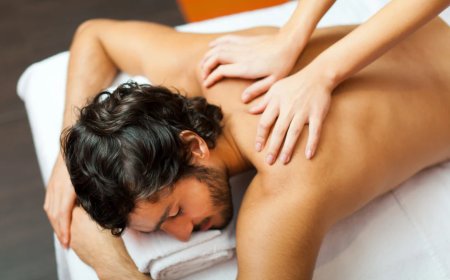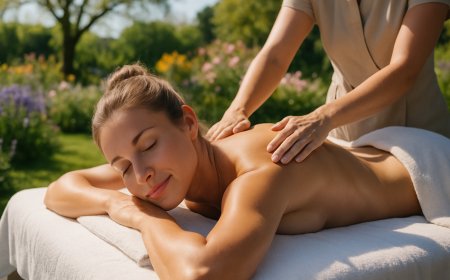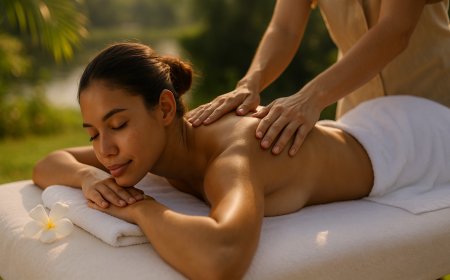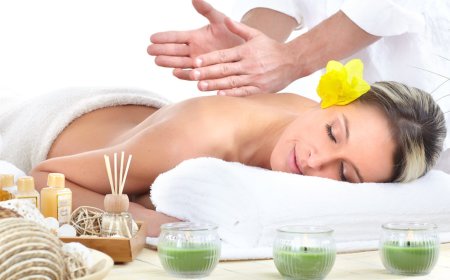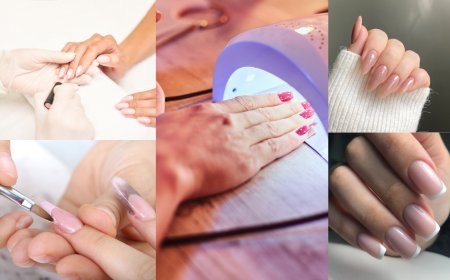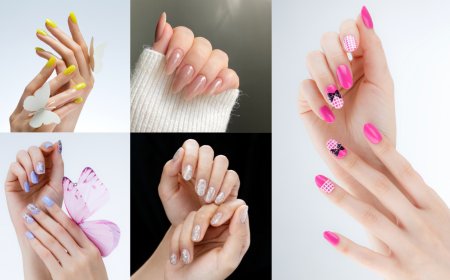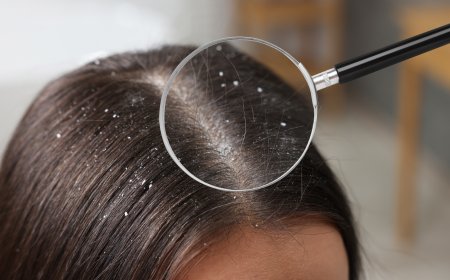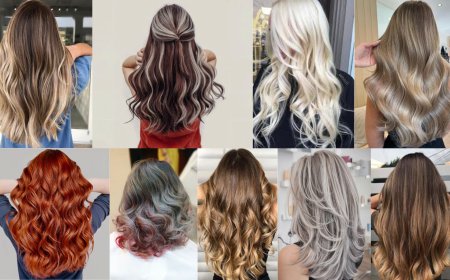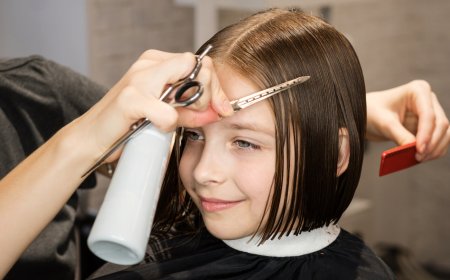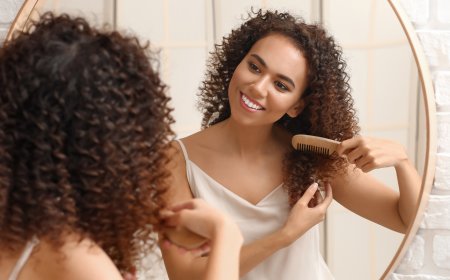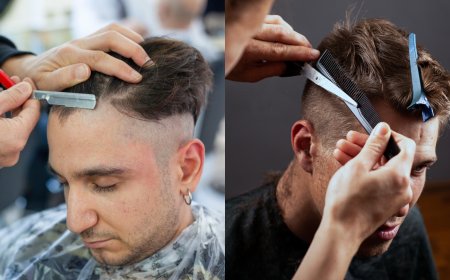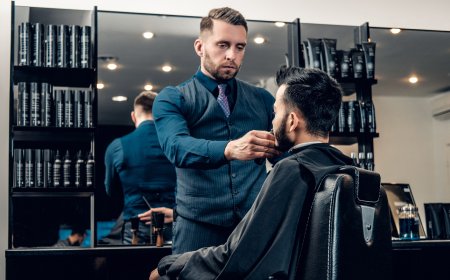Barbering Basics: Essential Techniques Every Barber Should Know
Master essential barbering techniques like cutting, fading, beard grooming, and shaving to elevate your skills and provide top-notch service in men’s grooming.

Barbering is an art that combines skill, technique, and creativity. Whether you're a seasoned professional or just starting your journey in the barbering world, mastering essential techniques is crucial for delivering quality services and satisfying clients. Here, we explore some fundamental barbering techniques that every barber should know.
1. Understanding Hair Types and Textures
Before any cutting or styling begins, it’s essential to understand the different hair types and textures. Hair can be straight, wavy, curly, or coily, and each type requires a unique approach. Barbers should familiarize themselves with various hair characteristics, including thickness and density, to choose the right tools and techniques for each client. This knowledge is key to achieving the desired look and ensuring a successful cut.
2. Basic Cutting Techniques
There are several basic cutting techniques that every barber should master:
-
Clippers: Clippers are a barber's best friend. Understanding how to use clippers effectively is crucial for achieving clean, precise cuts. Barbers should practice using different guard lengths to create fades, tapers, and buzz cuts.
-
Scissors: Scissor techniques, including point cutting and blunt cutting, are essential for texturizing and shaping hair. Point cutting, where the tips of the scissors are used to create texture, helps soften lines and add movement to the hair.
-
Comb Over: This technique involves using a comb to guide hair into the desired position while cutting. It’s particularly useful for achieving even lengths and clean lines.
3. Fading and Blending
Fading and blending techniques are vital for creating seamless transitions between different lengths of hair. Barbers should practice the following:
-
Low Fade: A low fade begins just above the ears and gradually blends into longer hair on top. This technique requires careful blending to ensure a smooth transition.
-
Mid Fade: A mid fade starts in the middle of the head, providing a balanced look. Mastering this technique involves strategic clipper work to achieve a clean gradient.
-
High Fade: A high fade starts closer to the top of the head, offering a more dramatic look. Precision is key in this technique to maintain clean lines and avoid harsh transitions.
4. Beard Grooming Techniques
Beard grooming has become an essential part of men’s grooming, and barbers should know how to shape and maintain facial hair. Techniques include:
-
Beard Trimming: Using clippers and scissors, barbers should learn how to trim and shape beards to complement clients' facial features. Knowledge of different beard styles will help in recommending the best look for each individual.
-
Fade into the Beard: Creating a seamless transition between the haircut and beard is crucial. This technique requires blending the hair on the sides of the face with the beard for a cohesive appearance.
5. Shaving Techniques
Shaving is a timeless barbering skill. Barbers should master the following techniques for a smooth shave:
-
Straight Razor Shaving: Learning how to use a straight razor requires practice and precision. Barbers should understand the correct angle and pressure to avoid nicks and cuts while achieving a close shave.
-
Hot Towel Treatment: Using a hot towel before shaving helps open pores and soften hair, resulting in a smoother shave. Barbers should incorporate this treatment into their services for an enhanced experience.
6. Sanitation and Safety Practices
Maintaining hygiene and safety is paramount in the barbering profession. Essential practices include:
-
Tool Sanitation: Regularly cleaning and disinfecting tools like clippers, scissors, and combs is vital to prevent the spread of bacteria and ensure client safety.
-
Client Safety: Barbers should always use clean capes and towels, and provide a comfortable environment for clients. Understanding how to handle clients safely, especially those with sensitive skin, is also important.
7. Consultation Skills
A successful barber-client relationship begins with effective consultation. Barbers should:
-
Listen Actively: Understanding client preferences is essential for delivering satisfactory results. Barbers should ask open-ended questions and actively listen to clients’ needs.
-
Provide Recommendations: Based on the consultation, barbers should confidently recommend styles, products, and maintenance tips to help clients achieve their desired look.
Conclusion
Mastering these essential barbering techniques is crucial for any barber looking to provide quality service and foster lasting relationships with clients. By understanding hair types, honing cutting skills, practicing fades and blends, grooming beards, perfecting shaving techniques, maintaining hygiene, and improving consultation skills, barbers can elevate their craft and stand out in a competitive industry. Whether you’re a beginner or a seasoned pro, continuous learning and practice will help you become a skilled barber ready to meet your clients' grooming needs.
What's Your Reaction?







